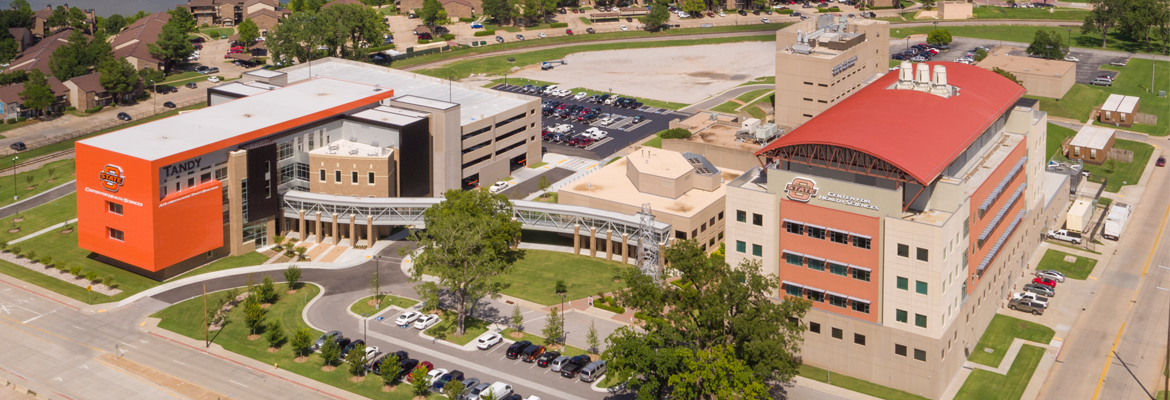
OSU-CHS researcher studies ‘hair-like cilia’ to find cause of genetic disorders
Thursday, February 18, 2016
Nedra Wilson, Ph.D., associate professor of anatomy and cell biology, is studying a microscopic part of human cells to determine the role it plays in the development of several genetic disorders.
“Cilia are hair-like structures on the surface of cells that have been known for about 100 years,” she said. “Until recently, scientists dismissed the importance and function of this part of a cell. It turns out that assumption was wrong.”
As a cell biologist, Wilson is working to identify defects in cilia that can cause a person to develop specific genetic disorders, called ciliopathies. These diseases include diabetes, blindness, obesity, polycystic organs and increased susceptibility to depression or anxiety.
“Cilia come in different flavors. Some move or beat like the flagella on a sperm, but the most important form is the primary cilia,” Wilson said. “These cilia are immobile and act like a control tower for the cell. They stick out into the external environment, gather signals and then send them back into the nucleus so the cell knows what it needs to be doing at that moment.”
Wilson is studying two different types of cilia. The first is from a single-cell green algae with two motile cilia that also serve as the cell’s antennae.
“It is basically like ‘Plankton’ on the animated television show, ‘SpongeBob SquarePants.’ We make mutations in the plankton’s genes to affect the cilia’s ability to function or disassemble,” she said. “We can then identify the genes that are affected and compare them to similar genes in the human genome. Most of the time, the similar genes have been shown to be defective in different ciliopathies.”
Wilson’s other line of research involves the examination of cilia in the brain. By identifying changes in neuronal cilia in brains that have experienced traumatic stress, she hopes to determine whether those changes cause cognitive defects such as those seen in post-traumatic stress disorder, she said.
“We hope to be able to identify the novel proteins involved in ciliary function and identify when those proteins are defective in patients,” Wilson said. “This will enable us to identify and develop treatments for patients who suffer from ciliopathies.”
